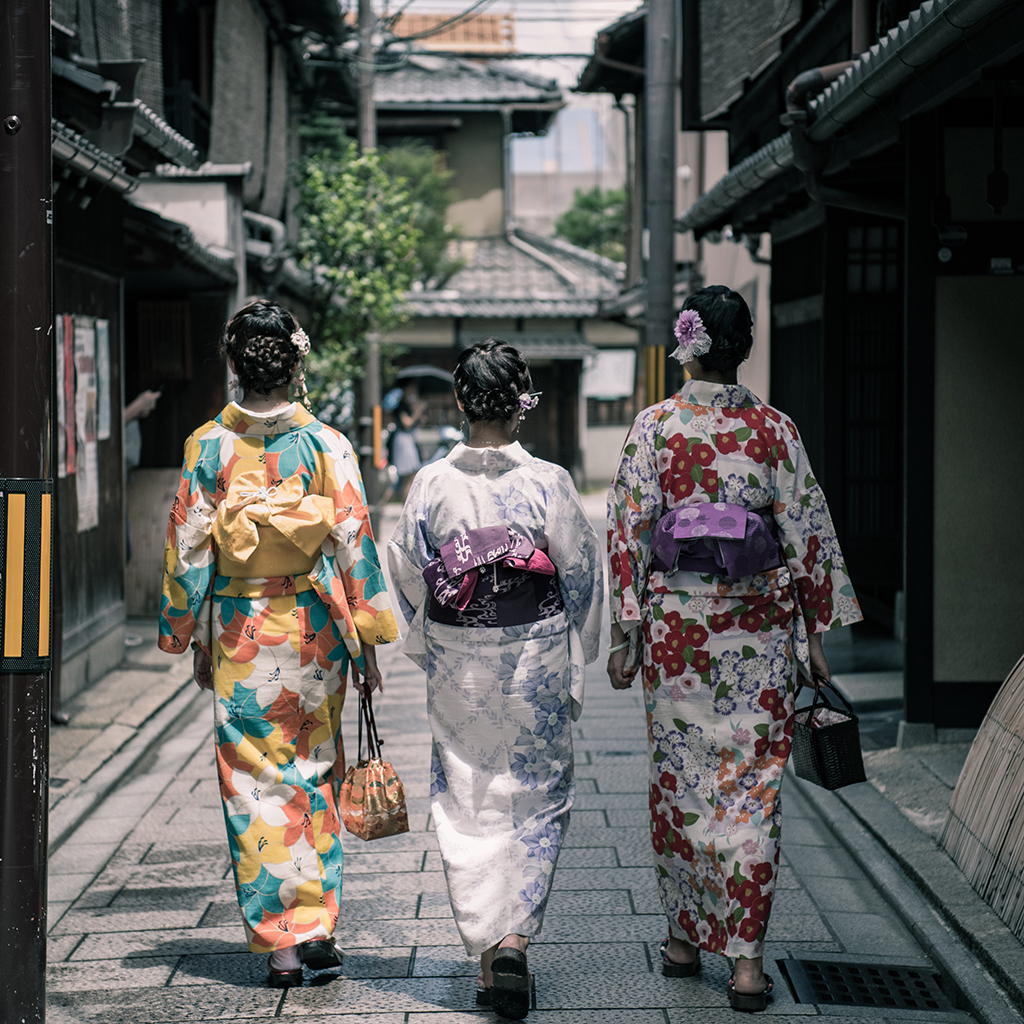Celebrating Diversity in Fashion: The Role of Cultural Influences in Apparel Design
Photo: Pexels
kno01042023-03

Photo: Pexels
Fashion has always been influenced by the diverse cultures and traditions found around the world. From vibrant colors and patterns to unique silhouettes and accessories, cultural inspiration had a significant impact on the global fashion landscape. In this blog post, we’ll explore some examples of cultural influences in fashion and discuss the importance of celebrating and respecting these diverse sources of inspiration.
Traditional Textiles and Patterns
Incorporating traditional textiles and patterns from different cultures can add depth and meaning to fashion designs. Some examples of culturally-inspired textiles and patterns include:
Batik: Originating from Indonesia, batik is a technique of wax-resist dyeing that creates intricate, colorful patterns on fabric. Batik prints have been incorporated into various fashion designs, including dresses, skirts, and scarves.
Ikat: A dyeing technique used in various countries, including India, Japan, and Central Asia, ikat involves resist-dyeing yarns before weaving them into the fabric. Ikat patterns can be found in clothing and accessories, such as dresses, blouses, and bags.
Tartan: Often associated with Scottish heritage, tartan is a pattern of crisscrossed horizontal and vertical bands in multiple colors. Tartan has been used in various fashion items, from kilts and dresses to scarves and coats.

Photo: Pexels
Silhouettes and Garment Styles
Fashion designers often draw inspiration from traditional garments and silhouettes found in different cultures. Some examples of culturally-inspired garment styles include:
Kimono: A traditional Japanese garment, the kimono features a T-shaped, straight-lined silhouette with wide sleeves and a sash called an obi. Kimono-inspired designs can be found in modern clothing, such as dresses, jackets, and robes.
Kaftan: Originating from ancient Mesopotamia, the kaftan is a long, loose-fitting garment with wide sleeves. Kaftans have been adapted into various contemporary styles, including beach cover-ups, maxi dresses, and tunics.
Sari: A traditional Indian garment, the sari consists of a long piece of fabric draped around the body and worn over a blouse and petticoat. Sari-inspired elements, such as draping and pleating, can be found in various modern fashion designs.

Photo: Pexels
Ethical Considerations and Cultural Appreciation
When incorporating cultural influences in fashion, it’s essential to be respectful and mindful of the source culture. Some tips for ethically incorporating cultural elements into fashion designs include:
Research: Take the time to learn about the cultural significance of the elements you plan to incorporate into your designs, understanding their history, meaning, and context.
Collaboration: Collaborate with artisans and designers from the source culture, providing opportunities for cultural exchange and ensuring authenticity in your designs.
Credit: Give credit to the source culture when using traditional elements in your fashion designs, acknowledging the inspiration and heritage behind the designs.

Photo: Pexels
Cultural influences play a significant role in shaping the fashion industry, providing designers with a wealth of inspiration from around the world. By celebrating and respecting diverse cultural traditions and incorporating them ethically into fashion designs, the industry can continue to evolve and enrich the global fashion landscape.
Google: D&J Fashion Manufacturer
Leave us a Google Review
Facebook: dnjfashionofficial
Instagram: dnj_fashion_official
Linkedin: D&J Garment Manufacturing and Supply Chain
Pinterest: dnjfashion
Youtube: @dnjfashion_official
Tik Tok: @dnj_fashion

